Ancient Roman graveyard — with over 1,400 tombs — unearthed in France. Take a look
When archaeologists began excavating a plot of land in Narbonne, France, they quickly uncovered dozens of ancient Roman burials. That was just the beginning.
Seven years and over 1,400 tombs later, their work has finally finished.
The result? An extraordinarily detailed account of life and death in a typical ancient Roman graveyard.
The ancient Roman empire conquered modern-day France in 125 B.C., named it Gaul and set up Narbonne as their first colony, according to the French National Institute for Preventive Archaeological Research. Situated on the Mediterranean Sea, ancient Narbonne thrived and quickly became one of the largest ports in the area.
To match its growing population, Narbonne needed a similarly sized graveyard. A burial district was set up on the outskirts of town around 100 A.D., the institute said in an April 17 news release. Ancient Romans continued using and expanding the graveyard until around 300 A.D.
When modern-day archaeologists excavated the site, the graveyard spanned about 54,000 square feet and included 1,430 tombs and 450 other structures.
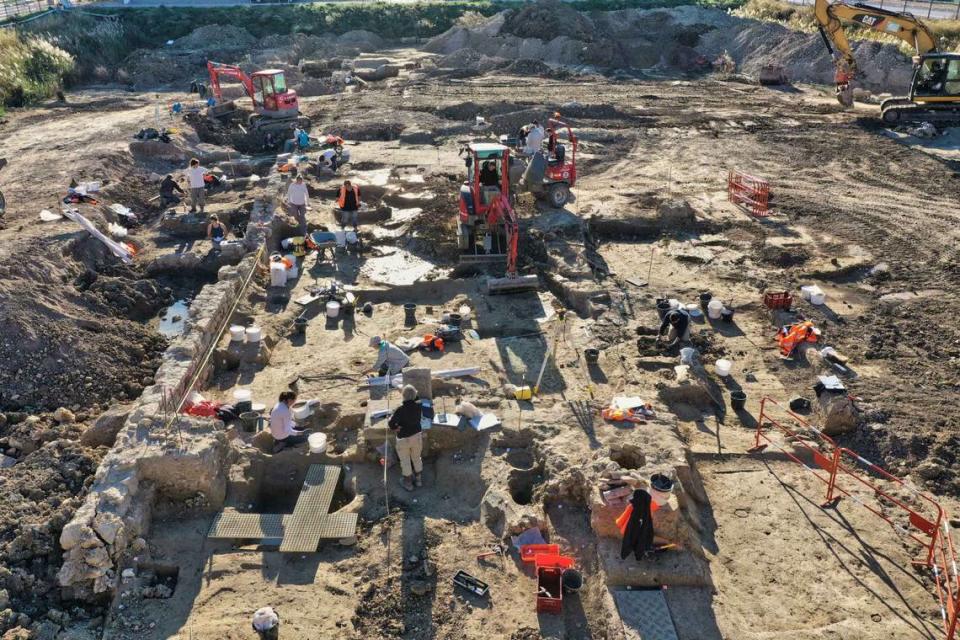
Uncover more archaeological finds
What are we learning about the past? Here are three of our most eye-catching archaeology stories from the past week.
→ Farmer loses plow part in Polish field — then finds historic artifact during search
→Divers remove ancient Roman cargo from shipwreck — and find unique carvings. See them
→ Metal detectorists find ancient portrait in Danish field. See the ‘legend’ it depicts
Most of the ancient Romans buried in the cemetery were from the lower class, archaeologists said. Surviving tombstones indicated the deceased were freedmen of Italian origin, plebeians or commoners and enslaved people.
The vast majority of graves were cremations where the deceased was burned on a pyre before being buried in a stone, glass or pottery container, the institute said.
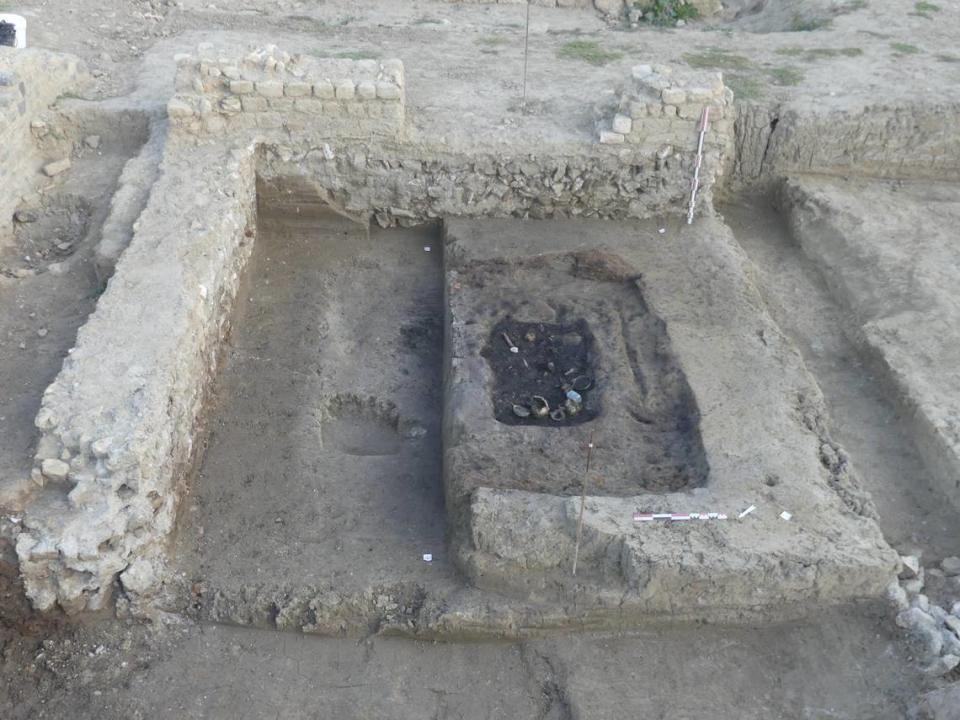
In the remaining graves, the deceased person was simply buried. There were about 260 of these burial-style graves, half belonging to children, the institute said.
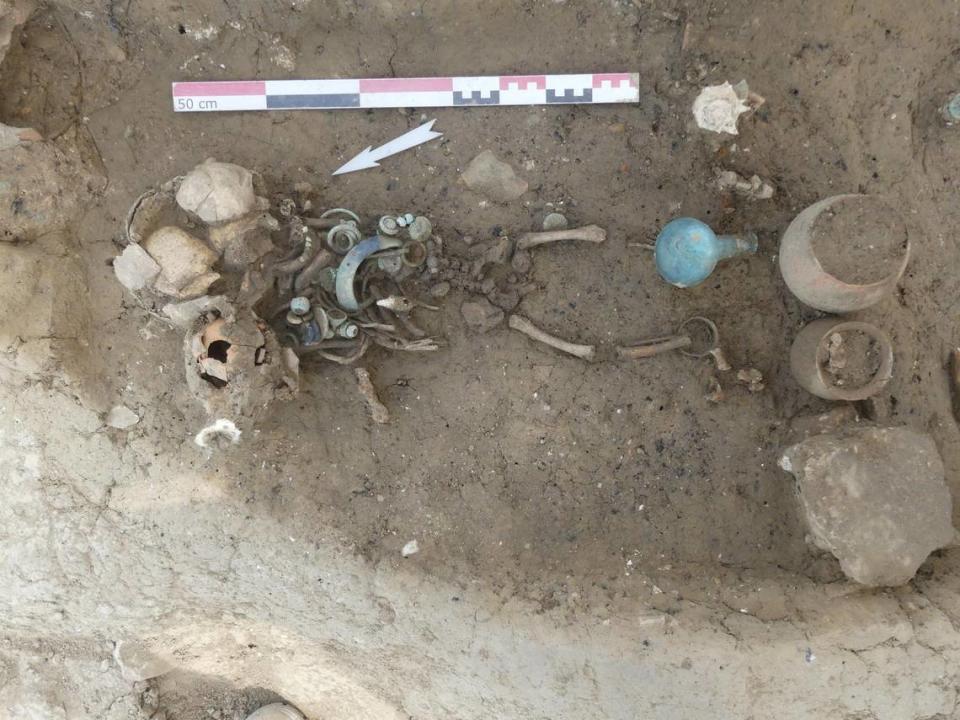
Archaeologists also found a large number of tombs that had pipes connected to the surface where loved ones left gifts for the deceased. These underground tubes are known as libation conduits and are rarely preserved. Photos show a few of these pipes.
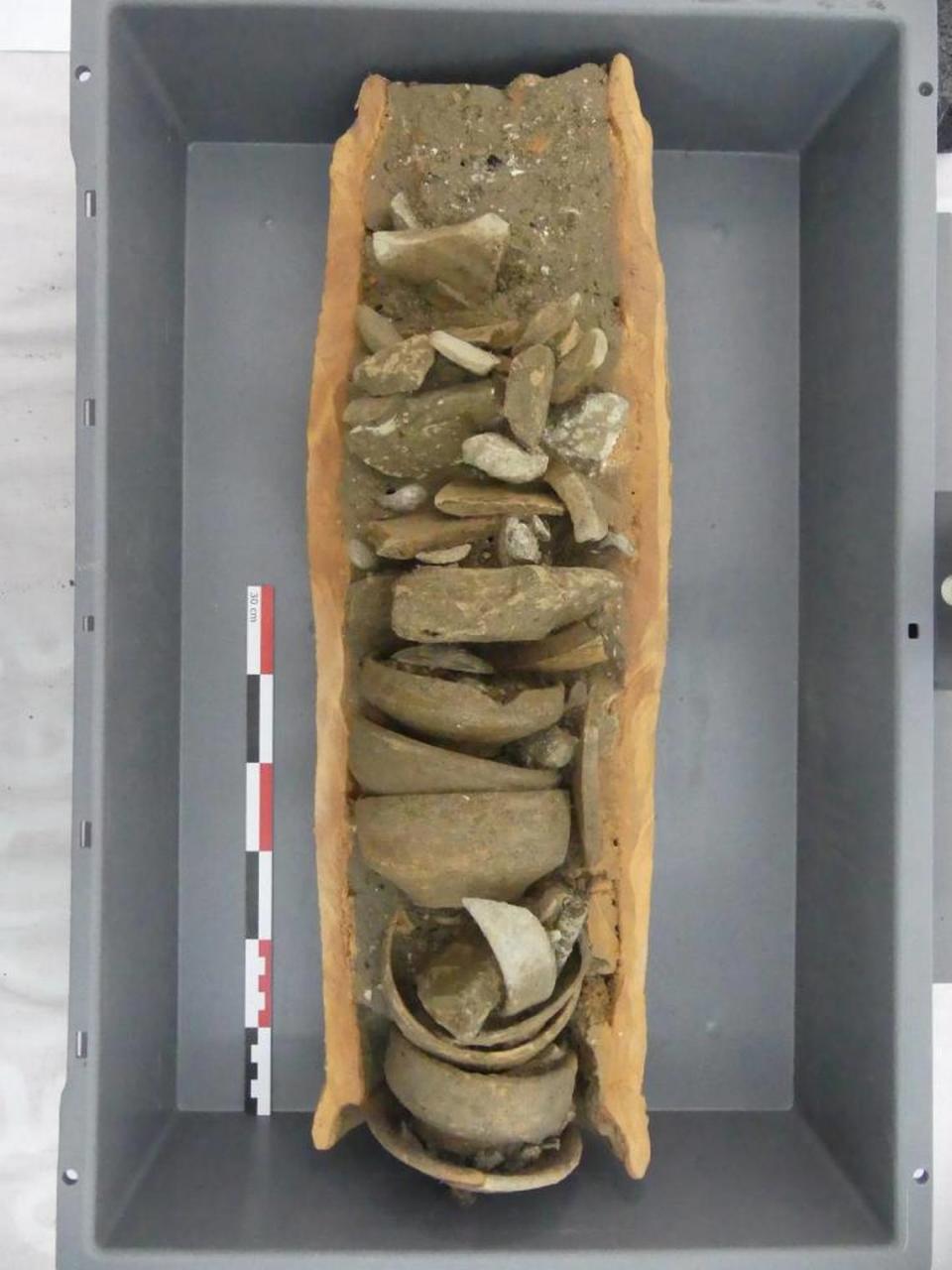
Ancient Romans would leave offerings in these pipes as a way to continue the memory of the deceased, the institute said. The ritual was part of an annual funeral festival known as Parentalia. During this festival, families would eat a grave-side meal and leave some food for the deceased, a symbolic way of sharing the meal.
A photo shows a platform, referred to as a banquet bed, used during these ritual shared meals.
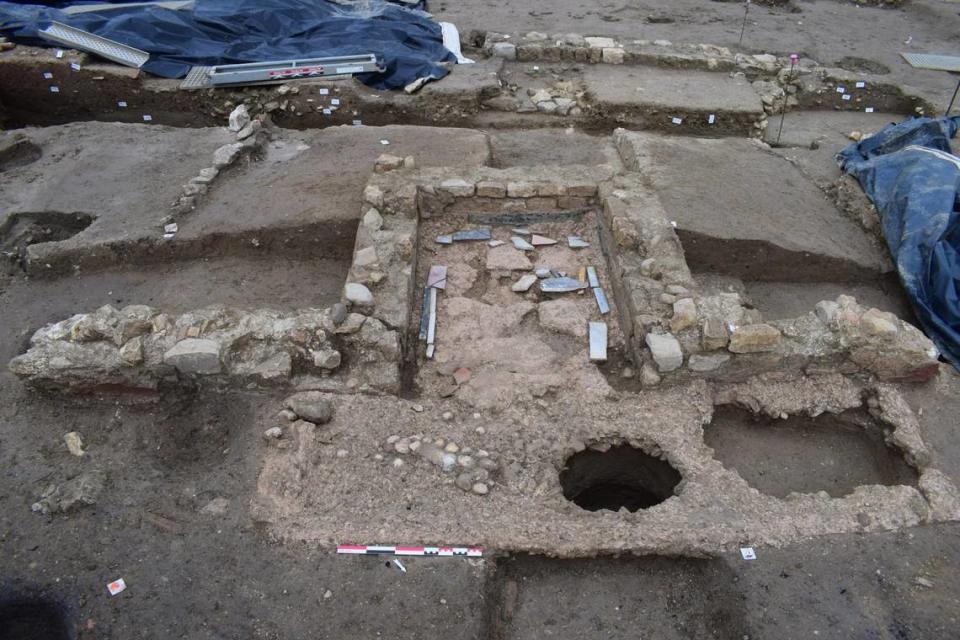
The 1,900-year-old graveyard was also rich in artifacts. Archaeologists unearthed glass jars, pottery fragments, amulets, beads, animal teeth, tools, pendants, coins and jewelry, among other items.
Archaeologists believe that the Narbonne site was probably a typical ancient Roman graveyard. Its significance stems from its size and remarkable level of preservation.
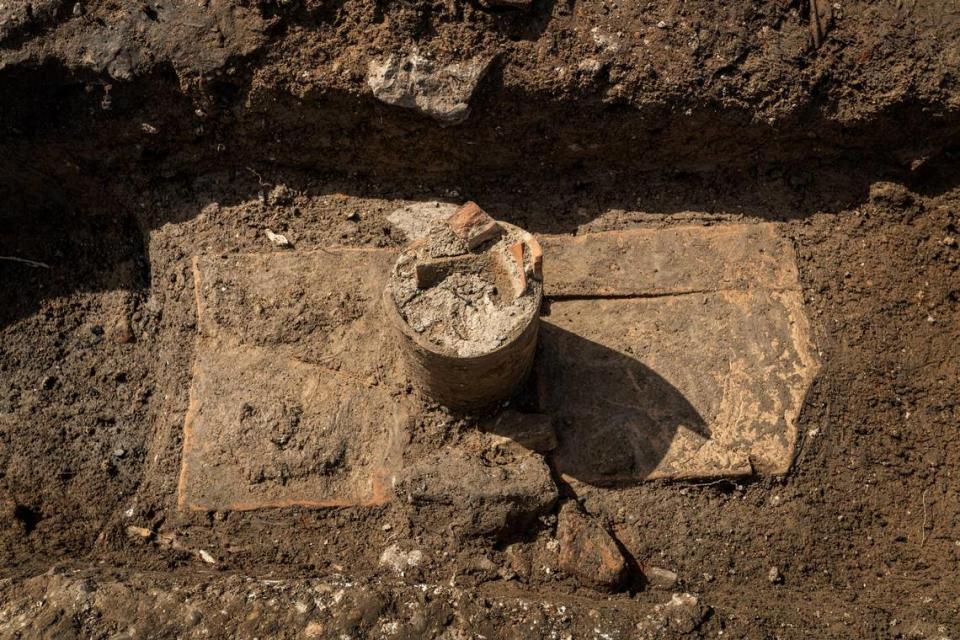
Archaeologists excavated the ancient Roman graveyard in Narbonne between 2017 and 2020 then spent four years doing laboratory analysis of the related artifacts, the institute said. These artifacts will be transferred to the Narbo Via Museum. A biological study of the ancient remains is still ongoing.
Narbonne is about a 500-mile drive south of Paris and near the border with Spain.
Google Translate was used to translate the news release from the French National Institute for Preventive Archaeological Research (Inrap).
‘Unique’ 500-year-old chest — intended for battle — found on shipwreck in Sweden
2,500-year-old treasure — a battle-ready gift — unearthed in Croatia, video shows
Trove of artifacts — including cannonballs and coins — found at French island fort
Read Nore:Ancient Roman graveyard — with over 1,400 tombs — unearthed in France. Take a look


